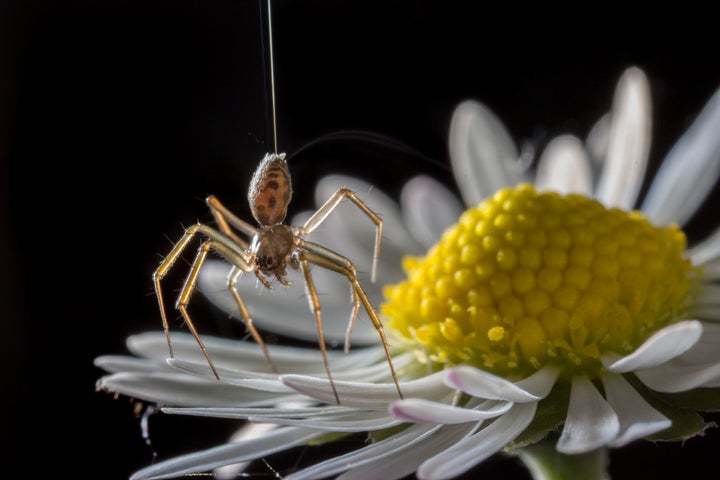
MICHAEL HUTCHINSON
#Electricity #FlyingSpiders #Linyphiidspiders #Spiders
Look, spiders are great. They’re an important part of the ecosystem and benefit humans by eating insects, including mosquitoes and agricultural pests. That said, many people are afraid of spiders, even the kinds that pose no risk to humans.
To those people, please, don’t read any further. Because scientists have discovered more about a process that allows some spiders to “fly” without the aid of wings. According to a study published Thursday in the journal Current Biology, spiders use natural electric fields to help them travel as far as hundreds of miles.
The phenomenon of spiders seemingly floating for long distances isn’t new. Scientists have long observed spiders “ballooning,” meaning shooting out strands of silk and floating away into the air. But they have debated exactly how it works.
“In the early 1800s, there were arguments that spiders might be using electric fields to balloon, but then there were also people arguing that it was wind,” Erica Morley, lead author of the new study, told PBS. “And the argument for wind won over probably because it’s more obvious.”
But Morley’s work suggests electricity plays an important role after all. She and Daniel Robert, both researchers at the UK’s University of Bristol, put Linyphiid spiders in an “arena” with an electric field that mimicked the one in the natural world.
Basically, thunderstorms create a constant electric circuit between the surface of the earth and the upper atmosphere, according to a press release about the study. The electricity can be stronger, depending on the weather.
As The Atlantic explains, the earth’s surface has a negative charge while the upper atmosphere has a positive charge. Since spider silk, when released, picks up a negative charge, some scientists have theorized this may help them lift off, as the silk’s negative charge repels against the negative charge on the surface. The effect would be even more powerful the higher up into the air the spiders are.
Morley and Roberts found that spiders appear to be able to detect electrical fields. When they turned on the electric field inside the arena, more spiders started heading toward a high point, standing on their legs and sending out silk to initiate the ballooning process. Some of the spiders were able to successfully take off, even without any wind inside the arena.
The new study doesn’t mean that wind plays no role in spiders’ long-distance air travel, but it does show that they can balloon without necessarily needing wind.
Morley told HuffPost in an email that while her findings should apply to lots of different kinds of spiders, not all of them engage in ballooning.
“Many species of spider balloon, but not all,” she said, noting that some are simply too big to travel that way. In other words, there’s no need to worry about, say, a tarantula-sized arachnid ballooning towards you out of the sky.
“Lots of juvenile spiders will balloon before they get too big,” she said. “Some adult spiders do balloon, but these are nowhere near the size of a grown tarantula.”
Phew!
By Hilary Hanson
Comments
Post a Comment